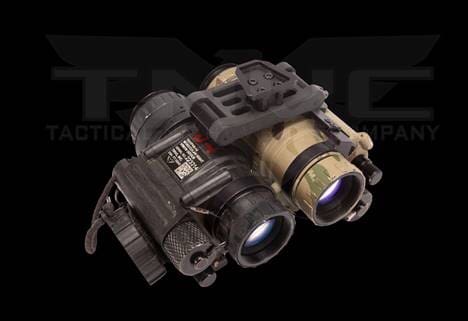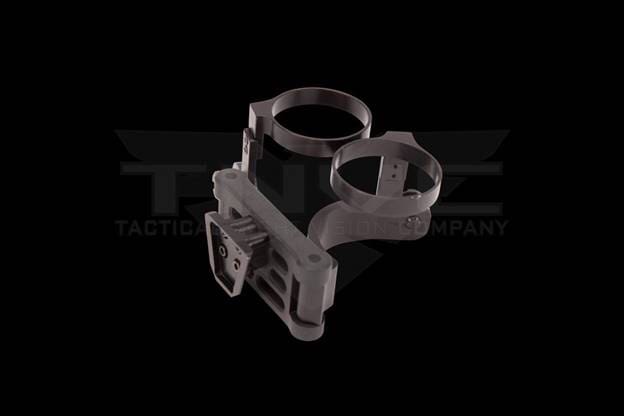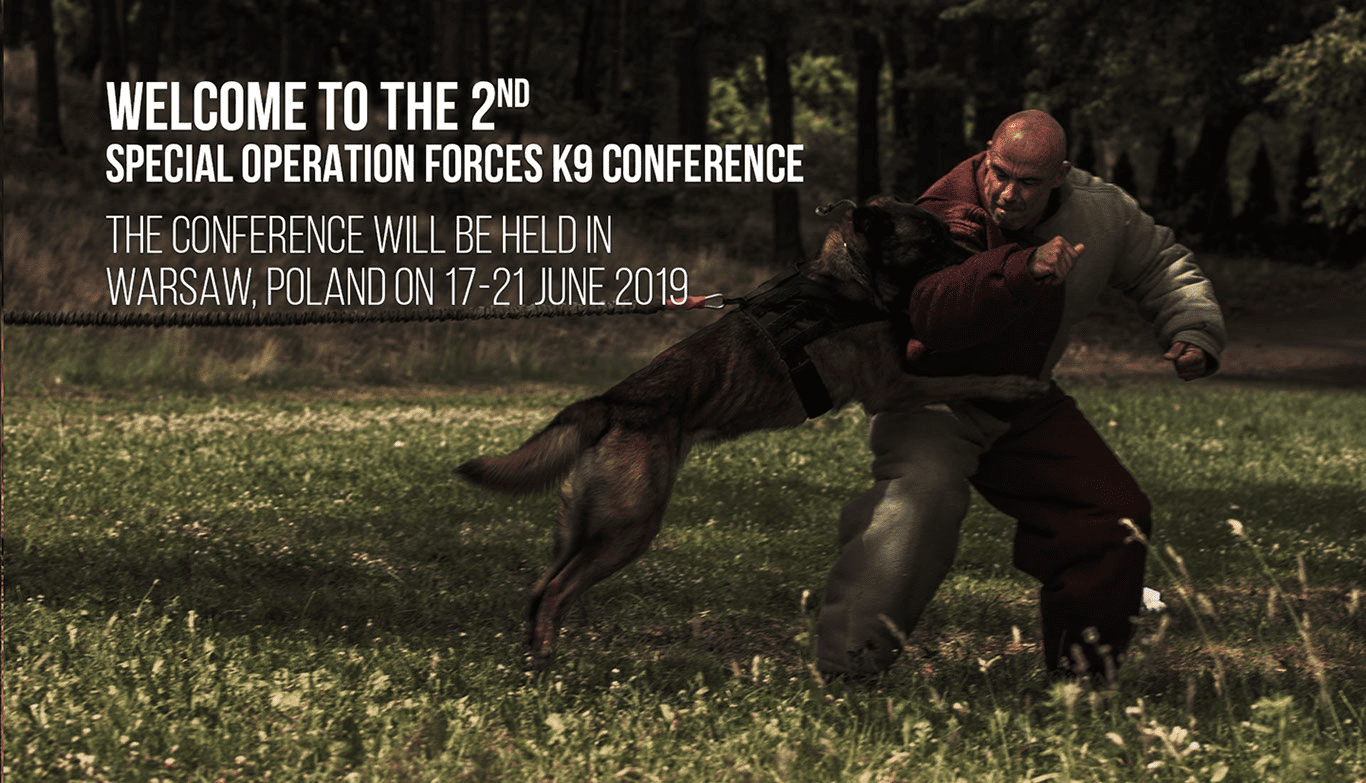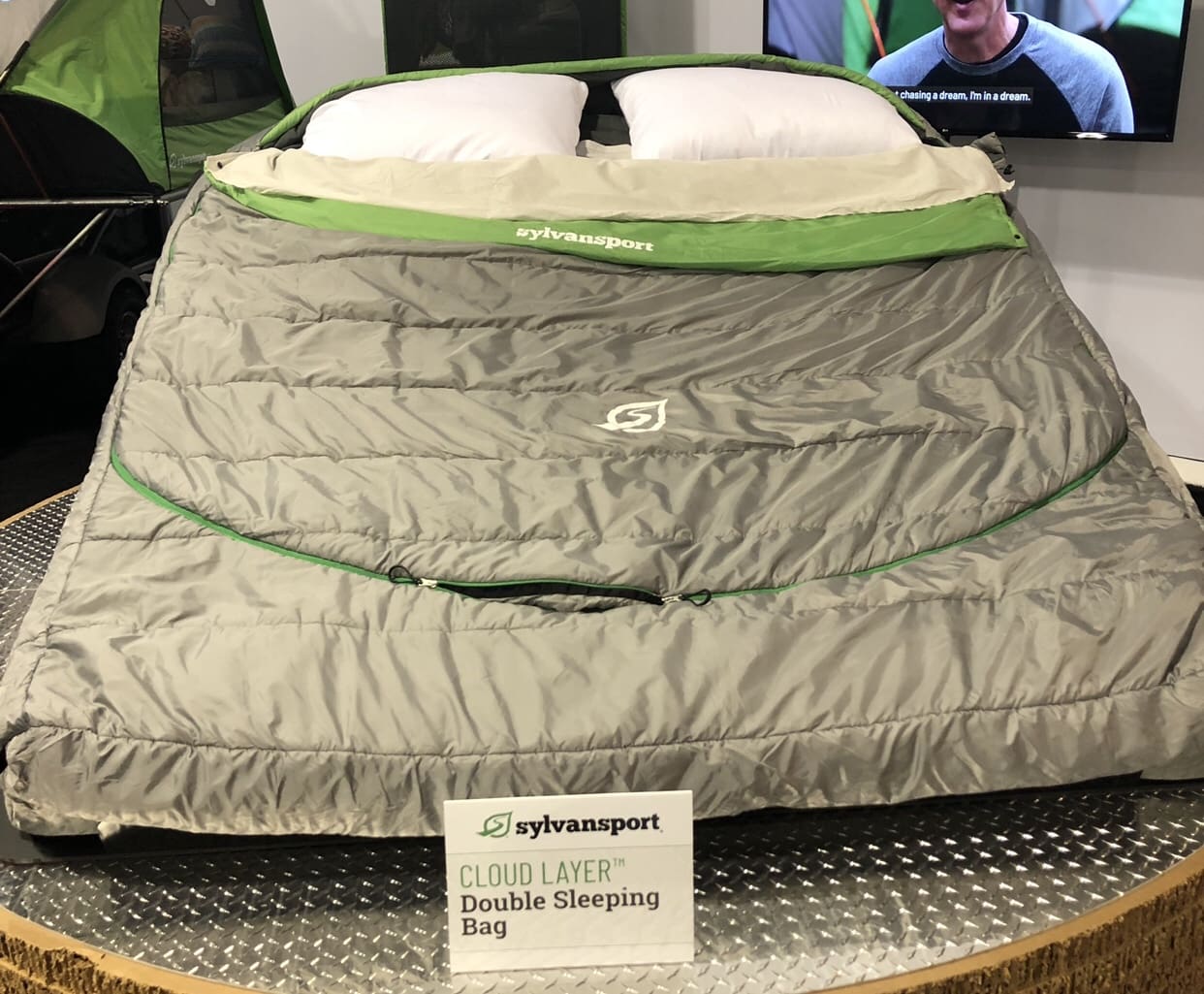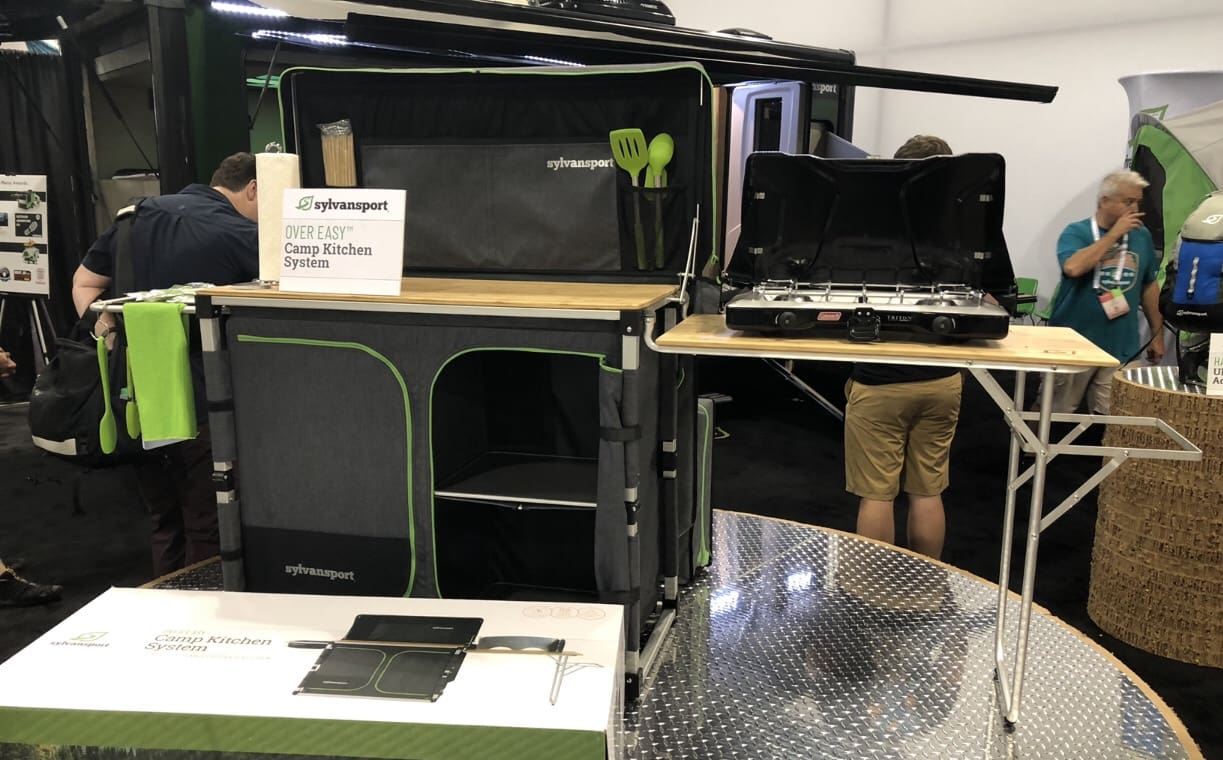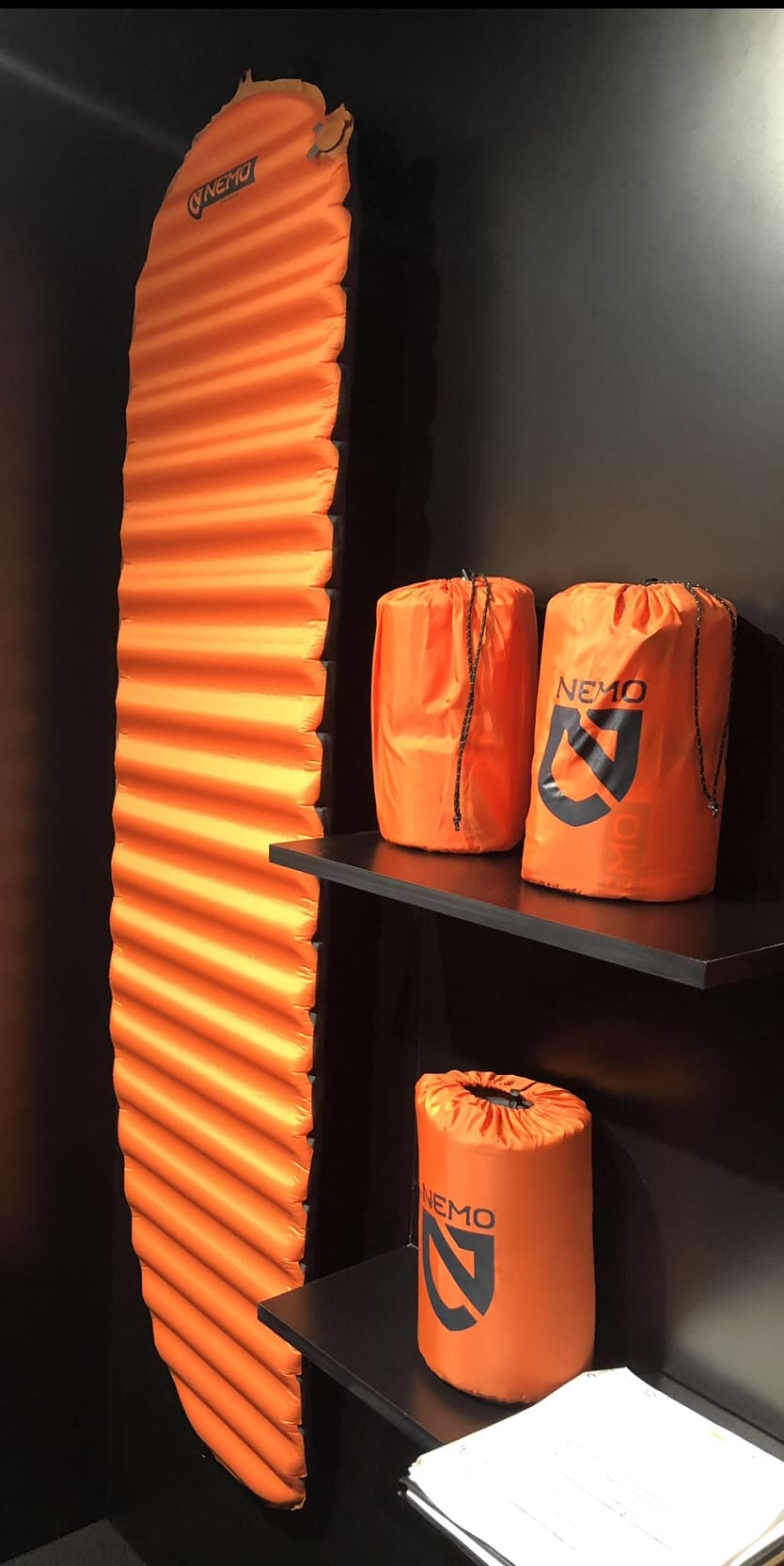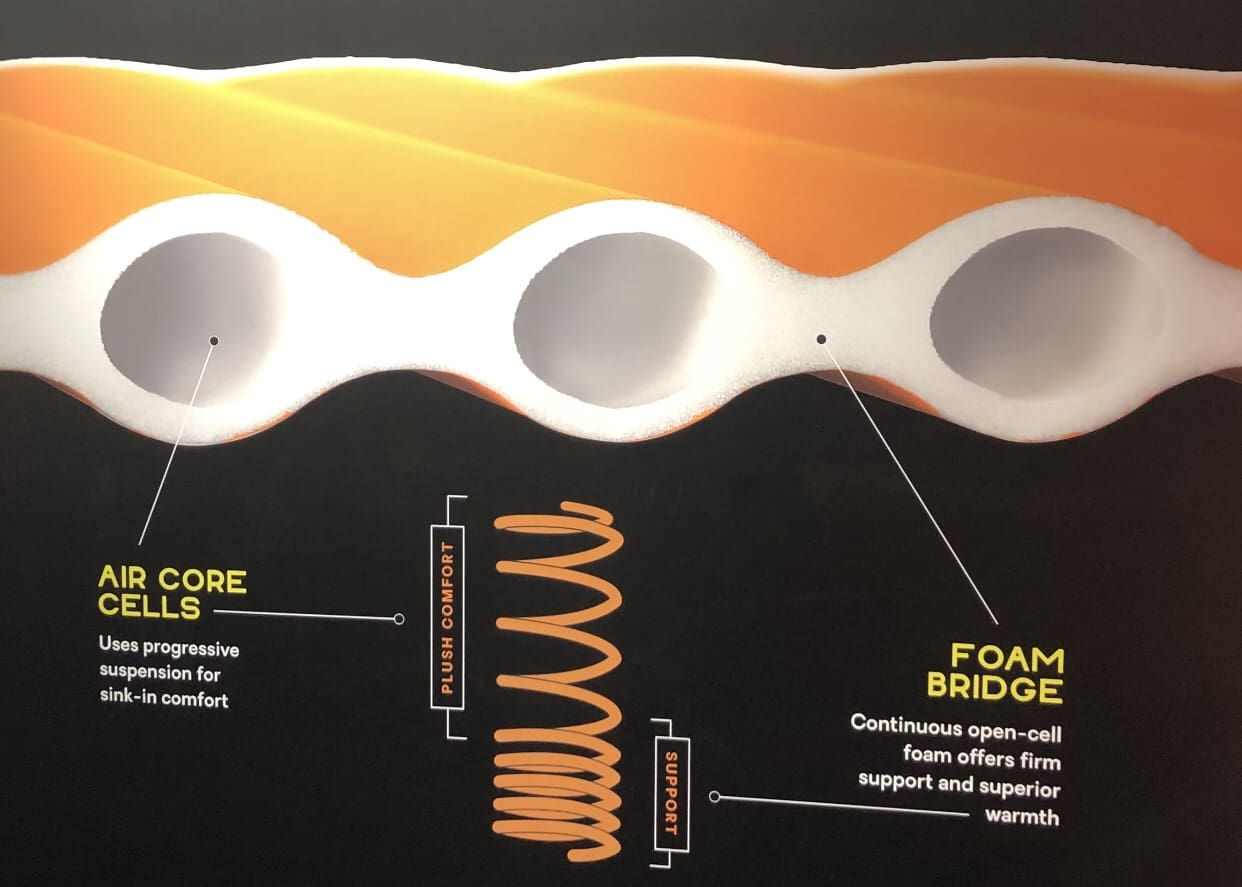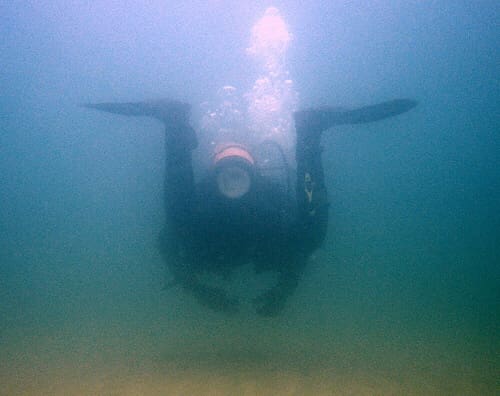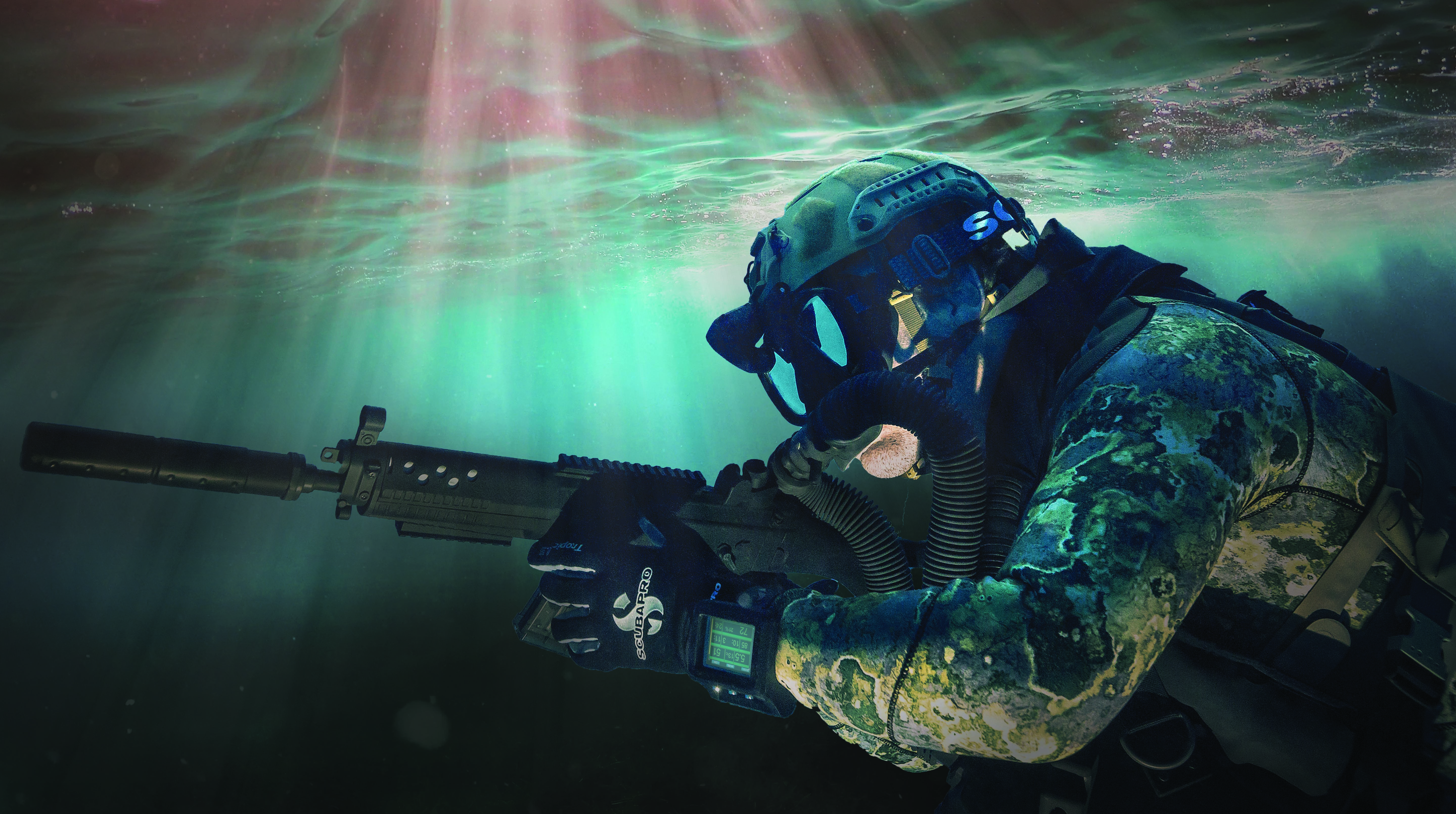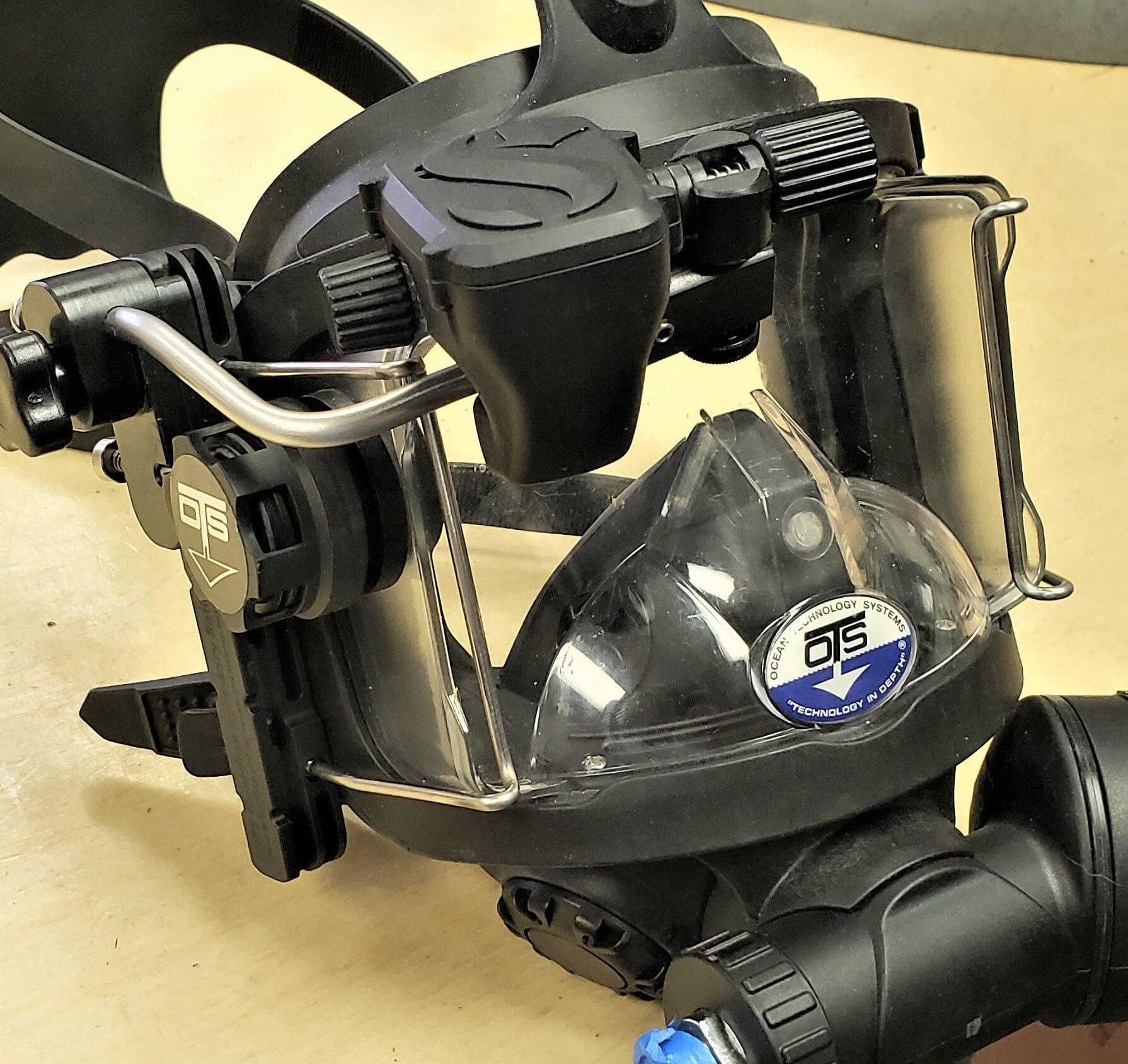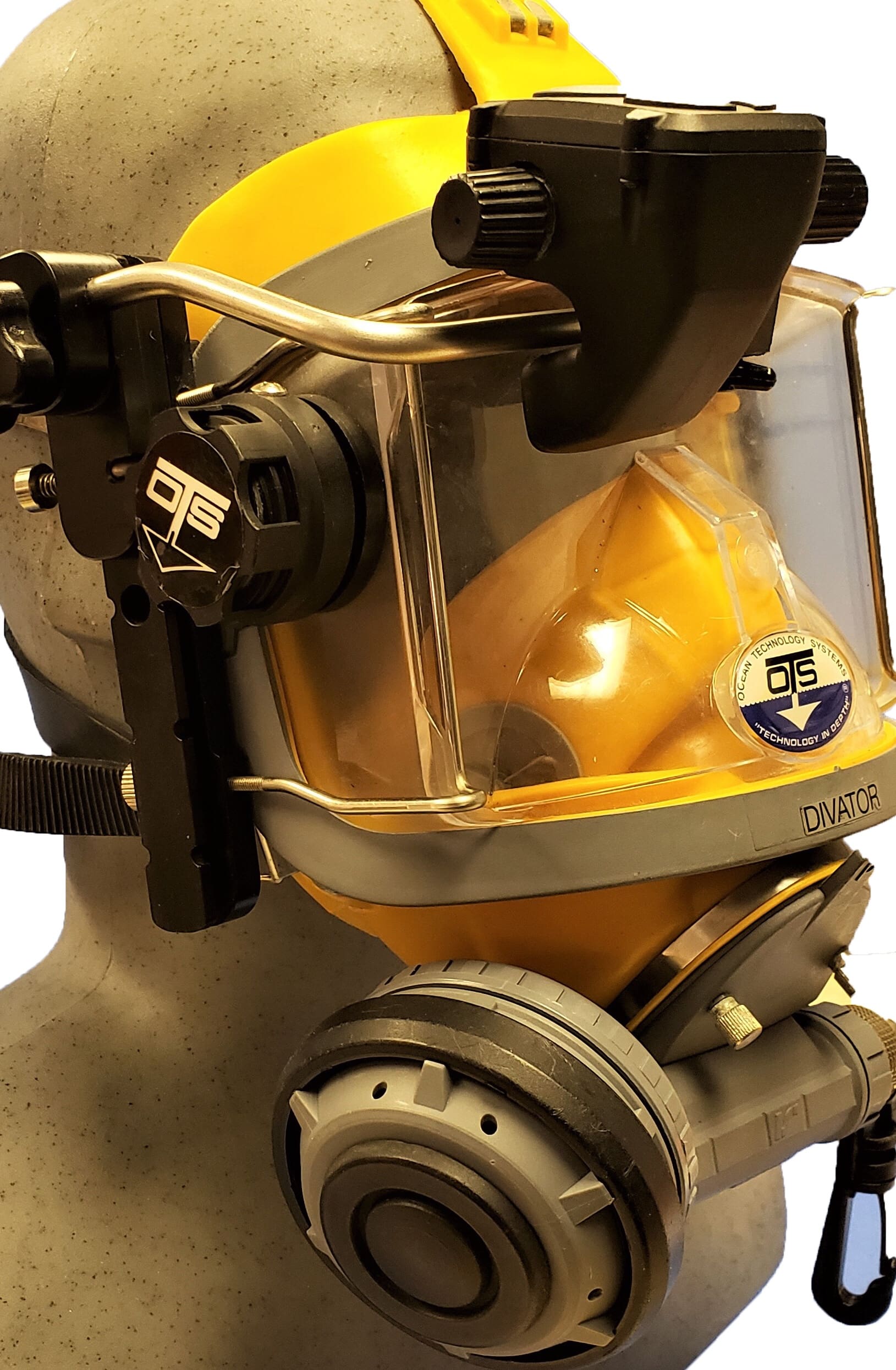Marine focused brands join forces to create complete maritime and over-water aviation solutions business
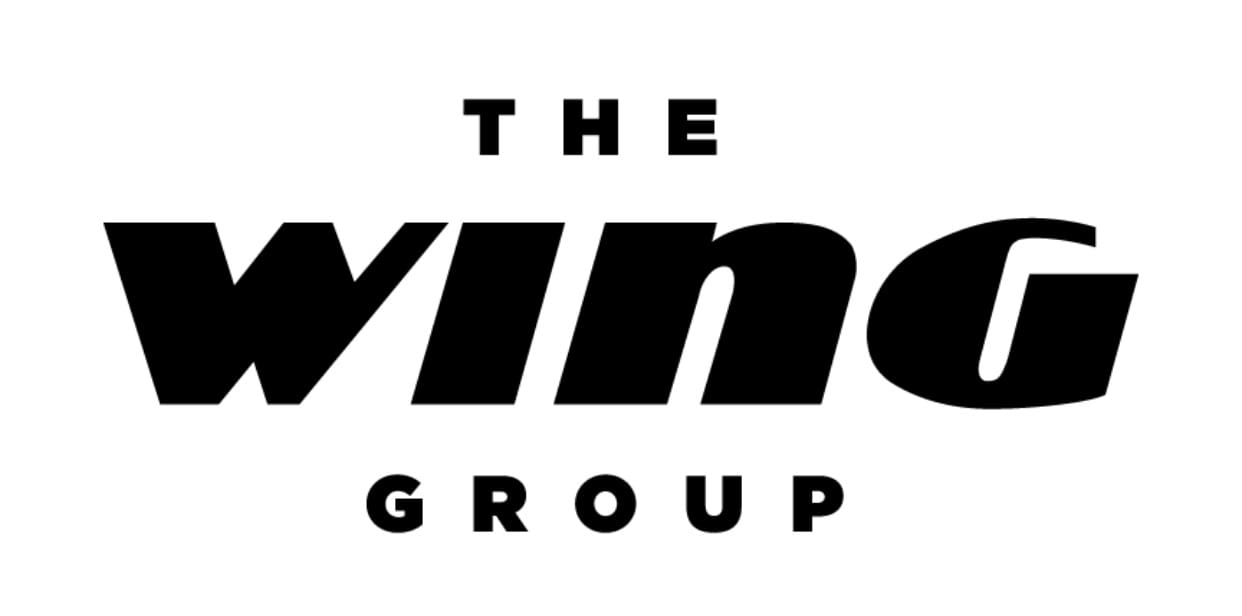
Today Canadian based Mustang Survival announces its merger with California based, WING Group, and we sat down with the company’s president, Jason Leggatt to get up to speed on the news and what it will mean for both brands moving forward.
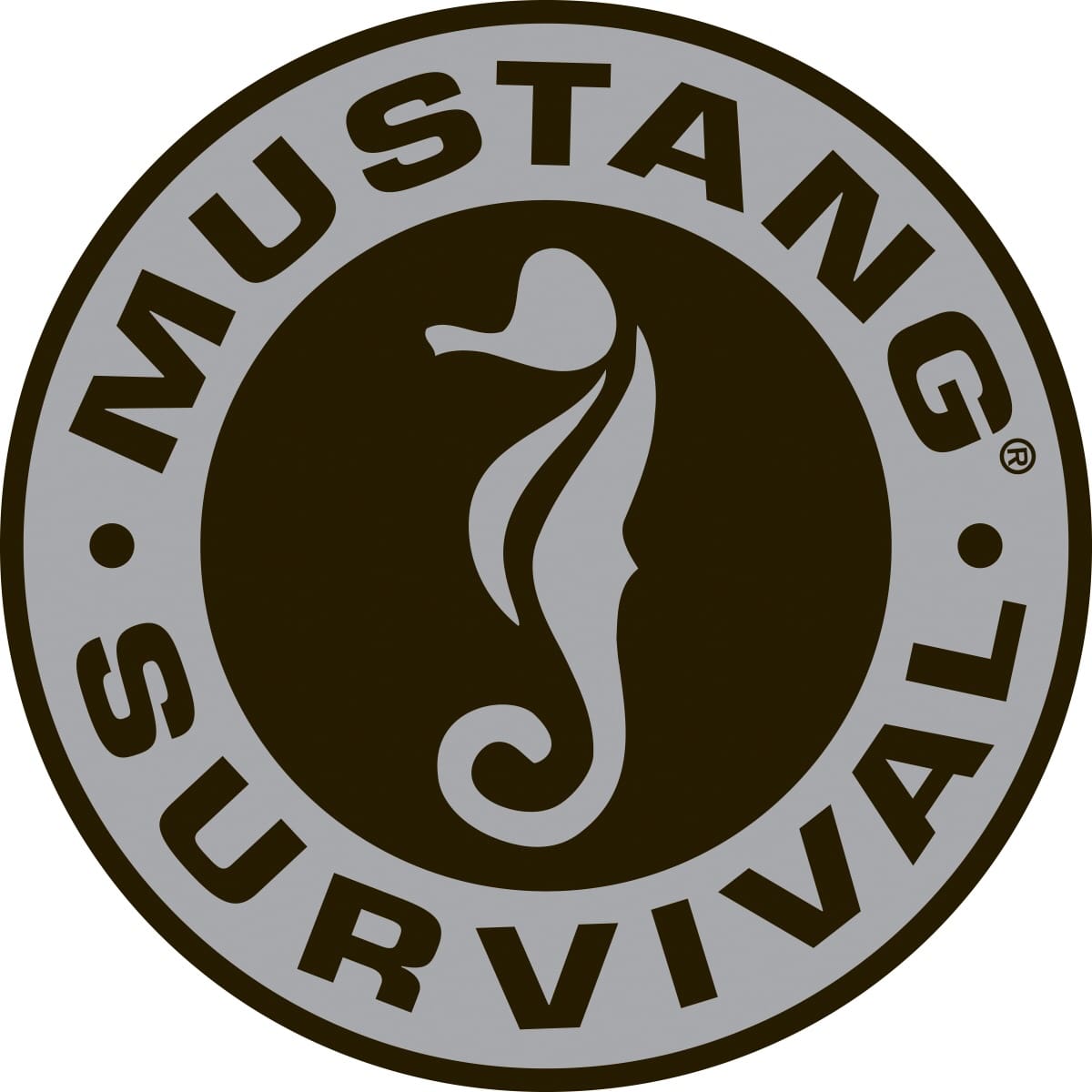
Some background – Jason has been with the brand for 19+ years, starting out as an engineering co-op student he worked on NASA programs and aircrew flight equipment programs for the NAVAIR, USAF & RCAF. In his time with the company they developed and advanced a suite of aircrew technologies culminating in teaming with TIAX & Survitec to win the USAF Integrated Aircrew Ensemble Program, which will replace all legacy USAF equipment across the fleet.
SSD: Quick introduction for those who aren’t as familiar with your Brand – who is Mustang Survival?
Jason: Mustang Survival is a highly recognized leader in the field of personal flotation, dry solutions & marine accessories, not only with military and maritime professionals, but with recreational users alike.
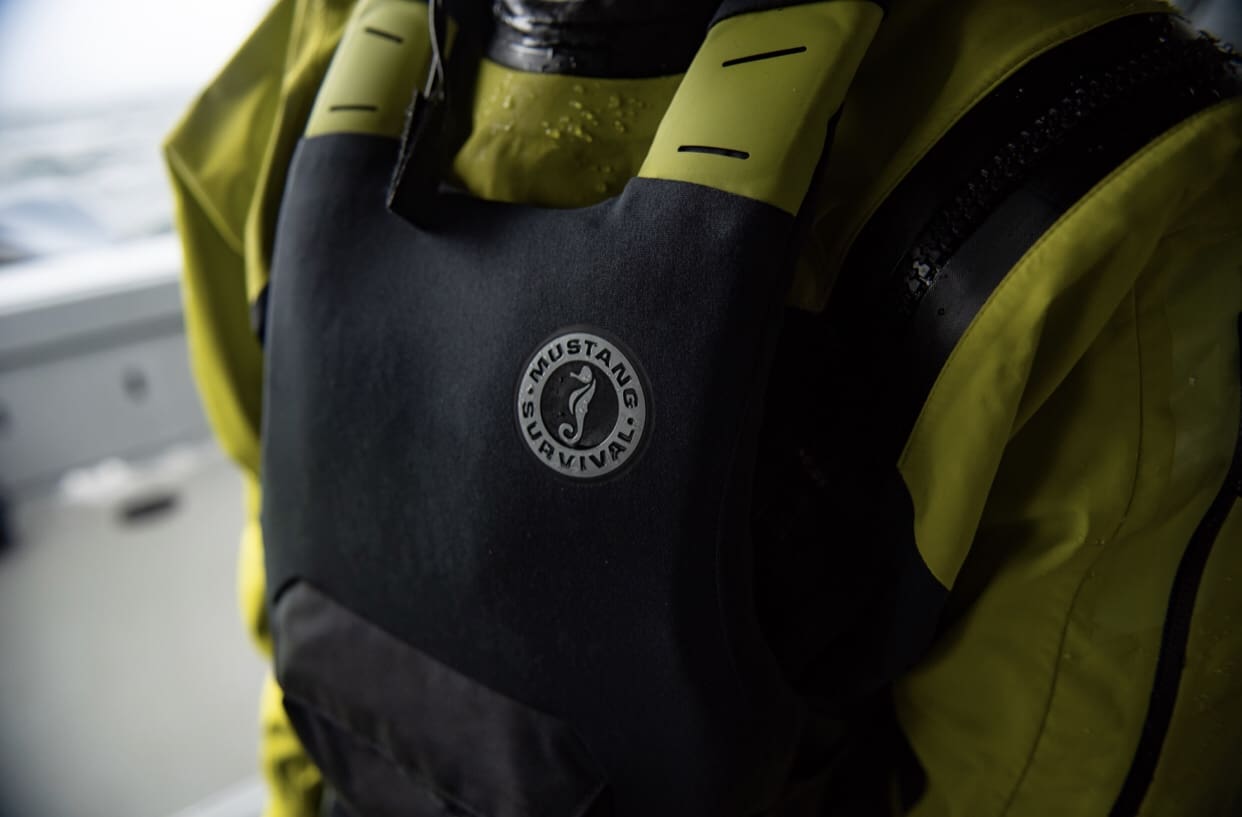
Since our inception in 1967 we have been focused on creating confidence and trust with our end users that is unparalleled. We have some of the most talented engineers and designers in the industry at our Waterlife Studio in British Columbia, Canada and their focus in on creating flotation and life-preserving components for real-world superheroes.
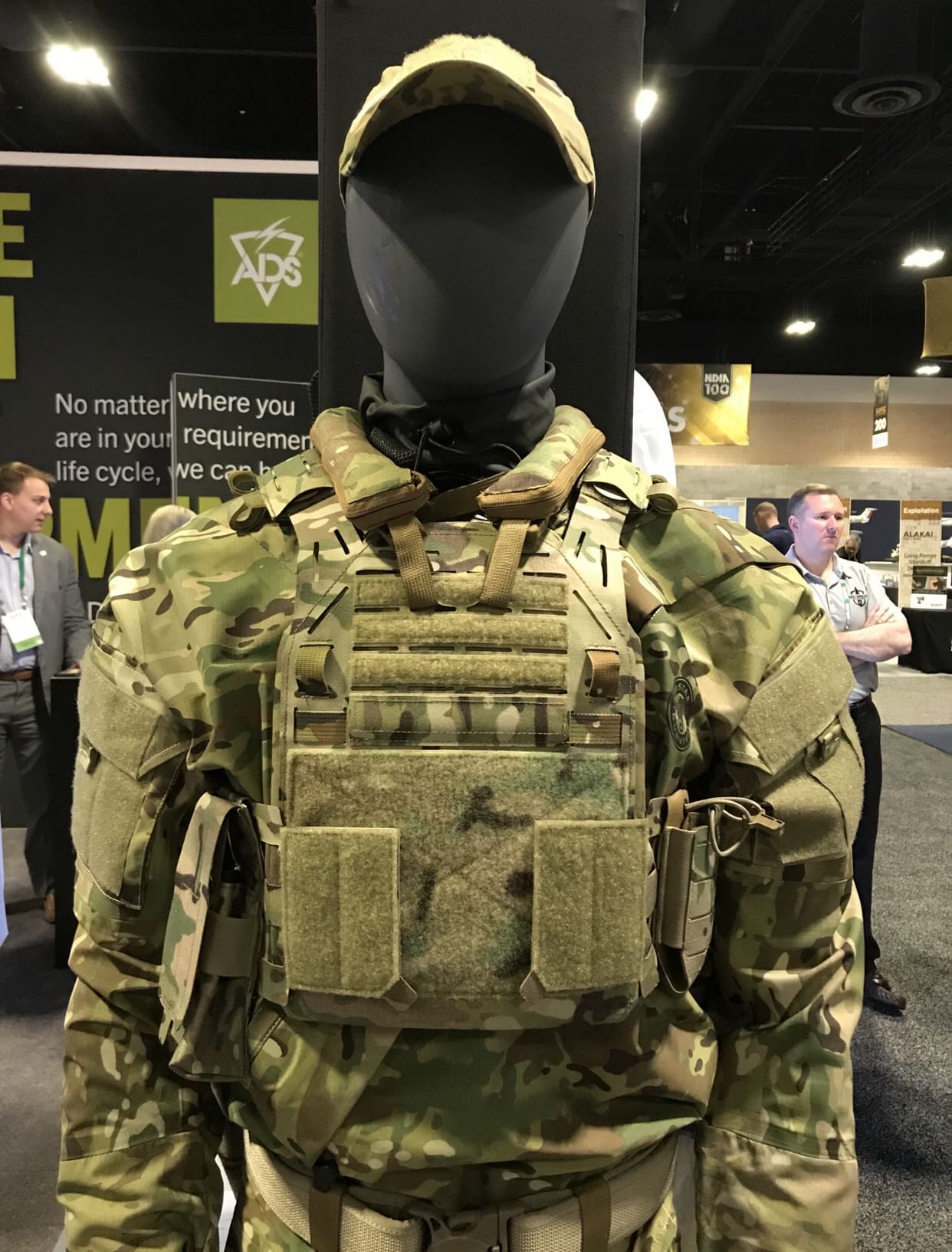
Previously as part of the Safariland family, we have been focused on bringing the company back to its core strengths of product innovation and concentrated our efforts on programs with proprietary solutions developed through close intimacy with elite users. This strategy has created a winning solution for the MASS/L-MASS dry suit contract, a new RATIS life preserver for Special Operations, and several other “future innovations” which are in various stages of development. In parallel we created a vision to leverage the authenticity of our professional/military hero business into the outdoor recreation arena. We launched the EP Ocean Race series in 2017 and will continue to roll out more paddle, sailing and fishing focused technical outerwear.
SSD: And now you are embarking on a new chapter, tell us more about the newly announced merger.
Jason: As of today, we can officially announce that Mustang Survival has merged with the WING group. For those maybe not familiar with them, the WING group comprises of Wing Inflatables, Henshaw Inflatables, the Patten Company, and FabTek Industries.
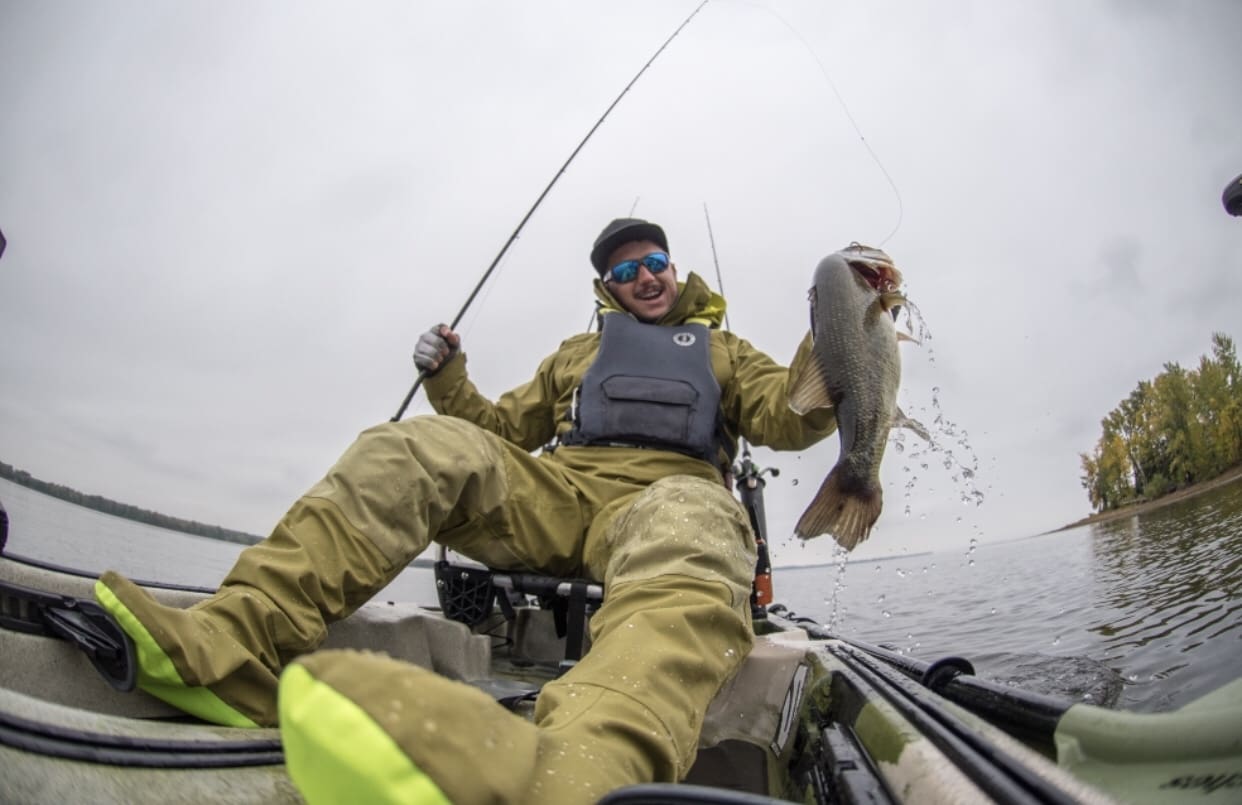
For over 30 years, WING’s first in the field innovative use of polyurethane and pioneering new technology, have led to the development of sponsons and boats that are lighter, last longer, look better and outperform the competition. They have built an unparalleled reputation for providing professional inflatable solutions for both recreational and military use. Whether it’s a river guide company requiring the most durable white water rafts, a private yacht management company requiring an expeditionary craft or a military detachment operating a fixed-wing airframe required automatically deployed personnel life rafts, to a Special Operations unit that depends on the best performing combat rubber raiding craft in the world. We are excited to become part of the family.
SSD: This really brings Mustang back into the fold of Maritime focused family and a significant pillar in the new portfolio. What does that mean for the brand?
Jason: The merger will fuel opportunities for market share gain in rescue & military. WING Inflatables is the leader in combat raiding rubber craft (CRRC) / tactical & rescue boats. We will leverage WING Group tactical and rescue boat programs to offer complete small team solutions within these kinds of user communities. WING also has a global sales and distribution strategy that will enable us to go-to-market Internationally with our innovative product solutions such as maritime assault suit systems & the RATIS SOF flotation system, which several SOCOM and Navy users are in the process of adopting. We will also exploit new developmental opportunities that leverage the combined strengths of our companies.
SSD: Will you be relocating any of your office, manufacturing or distribution locations?
Jason: No, Mustang Survival will continue to operate out of its current locations with headquarters and Canadian warehouse and logistics in Burnaby, BC; Customer Operations in Bellingham, WA; U.S. distribution & logistics in Spencer, WV; and Berry-compliant manufacturing in Jacksonville, FL.
As a side note, Mustang & WING are both part of the Army’s FOBAM program that is supplied by ADS. We supply ADS with the MRV151 Universal Military Vests that are included with every WING CRRC ADS supplies.
The WING Group is privately owned by an investment group led by President & CEO Andrew Branagh, they have their head office is in Lafayette, California, and the various company operations are located in Arcata, California; Wincanton, UK, Lake Worth, Florida; and Seattle, WA.
For more company information please go to: www.inflatablesolutions.com.







